Exploring Technology's Potential in Senior Care in 2025
As the population ages, caregivers often face challenges in providing effective support for their loved ones. By 2025, technology is set to play a pivotal role in meeting these needs, from telemedicine solutions to wearable health devices. This article will explore the benefits of smart home technologies, robotics, and digital communication tools in enhancing senior care. Readers will gain valuable insights into how these advancements can improve well-being and ease the caregiving process, ultimately making life easier for both seniors and their support networks.
Key Takeaways
• Telemedicine simplifies access to health care, allowing seniors to receive care from home
• Remote monitoring enhances health oversight, supporting independence and timely interventions for seniors
• Barrier-free digital tools are essential for empowering seniors to engage effectively with technology
• Companion robots provide essential support, enhancing seniors' social interactions and daily living activities
• Government policies play a crucial role in promoting technology adoption in senior care services
Assessing the Role of Telemedicine in Senior Care by 2025
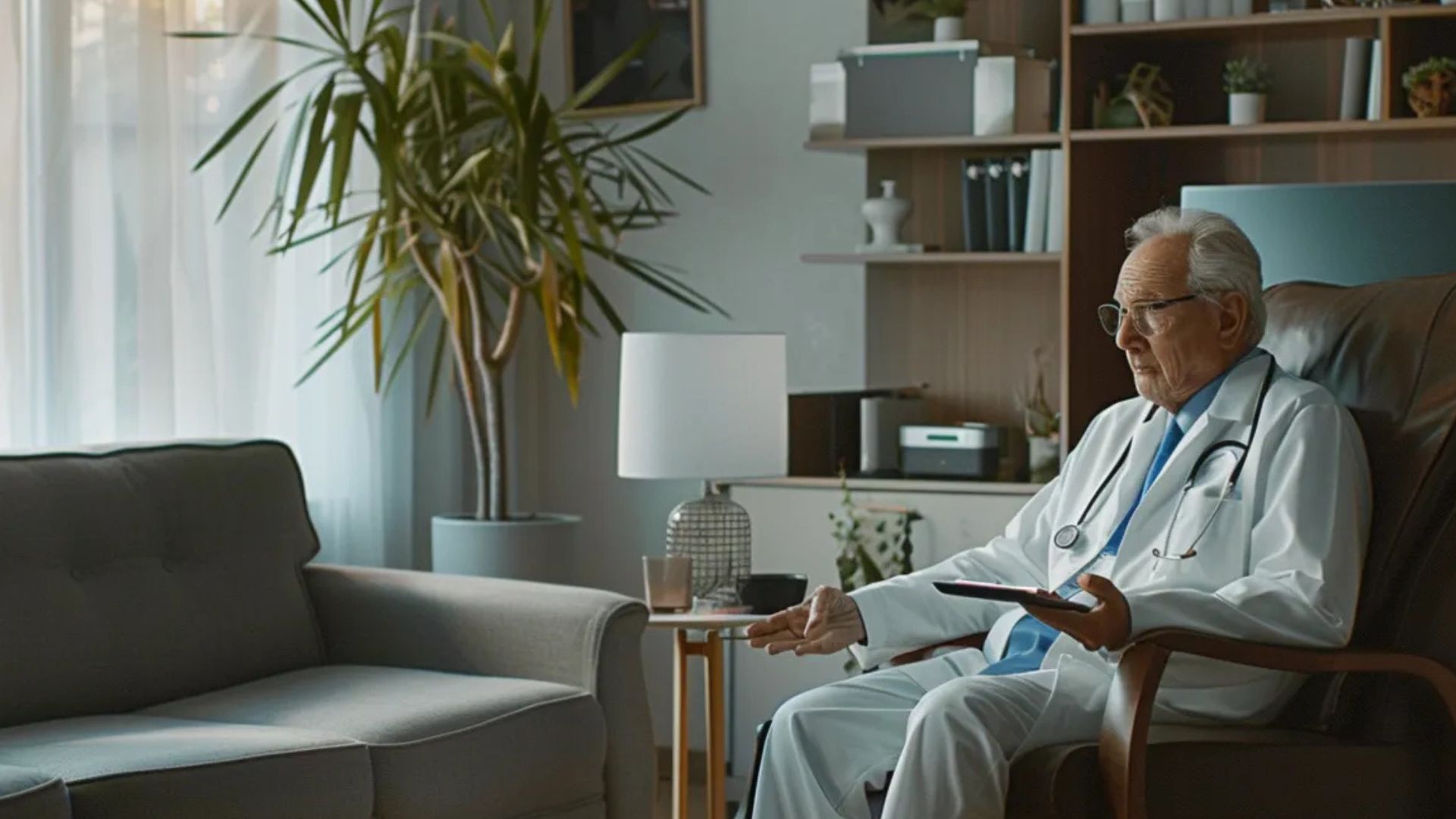
Telemedicine emerges as a vital component of senior care in 2025, focusing on how telehealth platforms cater to older patients. The effectiveness of virtual appointments is evaluated, along with the advantages of remote monitoring for health conditions. Barriers that seniors encounter in accessing telemedicine are identified. Furthermore, future trends in this field are discussed, highlighting the impact on caregiver workload and offering practical solutions tailored to senior needs.
Understanding How Telehealth Platforms Serve Older Patients
Telehealth platforms play a pivotal role in providing senior care solutions by facilitating easy access to medical appointments and health monitoring for older patients. These platforms enable seniors to consult with healthcare providers from the comfort of their homes, ensuring regular check-ups and quality care without the need for travel. This convenience not only addresses the challenges of mobility but also alleviates the burden on caregivers, allowing them to focus on other aspects of senior care, such as housekeeping and daily living support.
Evaluating the Effectiveness of Virtual Appointments for Seniors
Virtual appointments have proven effective in enhancing the health and well-being of seniors in assisted living and residential care settings. These online consultations allow older patients to communicate with healthcare professionals about medication management and ongoing health concerns, all while remaining in the comfort of their homes. For instance, a senior managing chronic conditions can participate in routine check-ups through virtual appointments, reducing the need for frequent, often stressful visits to healthcare facilities:
• Improved access to healthcare without mobility challenges.
• Streamlined medication management through digital prescription services.
• Enhanced communication between healthcare providers and seniors.
Analyzing the Benefits of Remote Monitoring for Health Conditions
Remote monitoring offers significant advantages for seniors managing health conditions, providing continuous oversight of vital signs and health metrics. This technology can track memory-related issues and alert healthcare providers to any concerning changes, enhancing customer service through timely interventions. By fostering a strong community of care, remote monitoring empowers seniors to maintain their independence while receiving the support they need, ultimately benefiting both residents in senior living and their caregivers.
Identifying Barriers Seniors Face in Accessing Telemedicine
Seniors face several barriers when accessing telemedicine, impacting their overall engagement with healthcare. Many older adults may struggle with technology, making it difficult to navigate telehealth platforms, which can delay vital consultations related to long term care and respite care. Additionally, families often must assist with access to services covered by Medicare, highlighting the need for user-friendly solutions that cater specifically to seniors' unique challenges.
Discussing Future Trends in Telemedicine for Elderly Care
Future trends in telemedicine for elderly care are expected to significantly enhance the quality of life for seniors, particularly in the areas of injury prevention and disease management. As insurance companies increasingly recognize the benefits of telehealth, they are likely to expand coverage for virtual visits, making healthcare more accessible to older adults. Moreover, advancements in nursing technologies, such as AI-driven health monitoring systems, will empower caregivers to provide timely interventions, ensuring that seniors receive the support they need without unnecessary hospitalization.
Observing the Impact of Telemedicine on Caregiver Workload
Telemedicine is transforming the workload for caregivers, significantly easing the demands of providing home care for seniors. With the integration of telehealth solutions, caregivers can efficiently manage appointments and communication with healthcare providers without the need for transport. This shift not only reduces travel-related stress for both seniors and their caregivers but also allows caregivers to allocate more quality time to personal assistance and emotional support, ultimately improving Care Concierge Services.
• Telehealth facilitates remote health appointments, reducing necessary travel.
• Caregivers can focus on emotional support rather than logistics.
• Easing the burden of transportation allows for better care coordination.
• Increased time for caregivers improves the quality of care provided.
Investigating Smart Home Technologies for Seniors' Safety
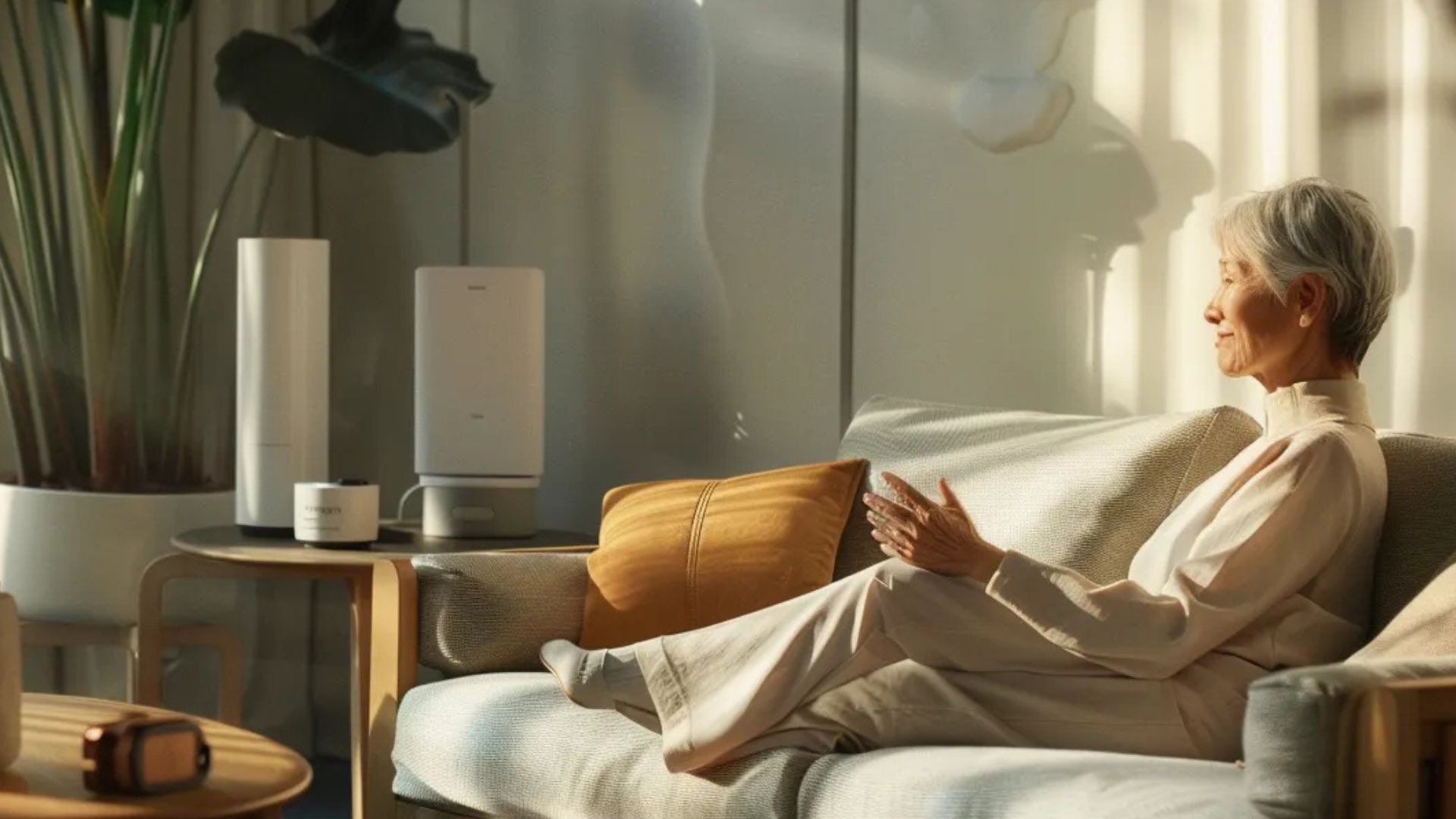
Smart home technologies are becoming essential in enhancing the safety and well-being of seniors. This section discusses various innovations such as sensor technologies for fall detection, the role of voice-activated assistants, and automated systems that improve security. It also examines smart medication dispensers and remote monitoring systems, illustrating how these solutions support independent living while keeping seniors connected to their physicians for vital information.
Exploring Sensor Technologies for Fall Detection
Sensor technologies for fall detection are crucial in enhancing the safety of seniors in their homes. These systems utilize advanced motion detection and pressure sensors to monitor movement patterns and identify potential falls in real-time. When a fall is detected, alerts are sent immediately to caregivers or emergency contacts, ensuring a prompt response that can significantly influence recovery outcomes:
| Feature | Description |
|---|---|
| Motion Detection | Monitors daily movements to detect unusual activity patterns. |
| Pressure Sensors | Placed in critical areas to alert when a senior is stationary for too long. |
| Real-Time Alerts | Notifies caregivers and family members instantly in case of a fall. |
| Integration | Works seamlessly with other smart home technologies for comprehensive safety. |
Assessing the Role of Voice-Activated Assistants in Homes
Voice-activated assistants are proving to be a significant asset in enhancing the everyday lives of seniors, promoting safety and ease of access within their homes. By enabling seniors to control household devices, make calls, and access information simply through voice commands, these assistants reduce barriers and foster independence. For example, a senior living alone can use a voice-activated assistant to call for help in emergencies or set reminders for medications, simplifying tasks that may be challenging due to mobility issues or memory concerns.
Understanding How Automated Systems Can Enhance Security
Automated systems significantly enhance security for seniors by providing real-time monitoring and rapid response capabilities. These systems can include doorbell cameras, motion sensors, and smart locks, which allow seniors to manage their home security from any location. For instance, a senior can receive alerts on their smartphone if someone approaches their front door, offering an extra layer of protection and peace of mind, thus supporting their independence while ensuring safety.
Evaluating Smart Medication Dispensers for Health Management
Smart medication dispensers play a crucial role in health management for seniors, addressing the challenges of medication adherence that many face. These devices help seniors manage complex medication schedules by providing reminders and dispensing the correct dosages at the right times. For instance, a senior can benefit significantly from a dispenser that not only alerts them to take their medication but also tracks their usage, enabling caregivers to monitor compliance and adjust care plans as necessary.
Identifying the Benefits of Remote Monitoring Systems
Remote monitoring systems offer significant benefits for seniors, enhancing their overall safety and well-being. These systems continuously track vital signs and health metrics, alerting healthcare providers to any concerning changes in real time. By facilitating prompt interventions, remote monitoring not only helps seniors maintain their independence but also supports caregivers in managing their loved ones’ health more effectively.
Discussing How Smart Homes Promote Independent Living
Smart home technologies play a crucial role in promoting independent living among seniors by creating an environment that caters to their specific needs. By integrating features like remote monitoring, voice-activated assistants, and automated systems, seniors can perform daily tasks with greater ease and safety. These advancements empower older adults to maintain their autonomy, allowing them to live in their homes longer while staying connected to healthcare providers and family members for support.
Examining Wearable Health Devices for Senior Wellness

Wearable health devices play a crucial role in enhancing senior wellness in 2025. This section covers the impact of fitness trackers on mobility, evaluates the significance of ECG monitors in maintaining heart health, and analyzes how wearable devices can help with medication reminders. Additionally, trends in customized health monitoring technologies, integration with healthcare systems, and privacy concerns regarding data collected by wearables will be discussed.
Understanding the Impact of Fitness Trackers on Mobility
Fitness trackers play a significant role in enhancing mobility for seniors by encouraging regular physical activity and providing valuable health insights. By monitoring daily steps, heart rates, and activity levels, these devices help seniors stay engaged with their well-being. For example, a senior can set personal goals and receive reminders to move throughout the day, promoting a more active lifestyle and ultimately supporting their mobility and independence:
• Encourages regular movement through goal-setting.
• Monitors health metrics to provide actionable insights.
• Enhances motivation with real-time feedback.
Evaluating the Role of ECG Monitors in Heart Health
ECG monitors are becoming increasingly vital for heart health management in seniors by providing real-time data on cardiovascular status. These wearable devices allow healthcare providers to monitor heart rhythms and detect abnormalities early, facilitating timely interventions. For instance, a senior with a history of heart conditions can benefit from continuous monitoring, ensuring that critical changes are addressed promptly:
• Real-time heart monitoring enhances prevention of serious complications.
• Data analysis helps in adjusting treatment plans effectively.
• Empowers seniors to take charge of their heart health through awareness.
Analyzing the Benefits of Wearable Devices for Medication Reminders
Wearable devices that offer medication reminders are transforming how seniors manage their health. These devices alert individuals when it is time to take medications, ensuring adherence to complex schedules that can often overwhelm seniors. By helping maintain consistent medication routines, wearables minimize the risk of missed doses, which is crucial for individuals managing chronic conditions.
Identifying Trends in Customized Health Monitoring Technologies
In 2025, trends in customized health monitoring technologies for seniors are set to revolutionize personal wellness management. These innovations enable tailored solutions that adapt to individual health needs, thereby enhancing user engagement and adherence. For instance, wearable devices could integrate artificial intelligence to analyze users' health data, providing personalized feedback and alerts based on real-time monitoring, ultimately fostering a proactive approach to senior health management.
Exploring the Integration of Wearables With Healthcare Systems
The integration of wearable health devices with healthcare systems is essential for enhancing senior wellness in 2025. These devices can transmit real-time health data to healthcare providers, allowing for timely assessments and interventions. For instance, a wearable that tracks vital signs can alert medical professionals if a significant change occurs, facilitating rapid care adjustments and improving health outcomes for seniors.
Discussing Privacy Concerns With Data From Wearable Devices
Privacy concerns regarding data from wearable devices are paramount in senior care as technology that monitors health becomes more prevalent. Seniors often worry about who has access to their personal health information and how it may be used, which can affect their willingness to adopt these innovative tools. Addressing these concerns through robust data protection measures and educating both seniors and their families about privacy rights can enhance trust and promote the effective use of wearable health devices in improving wellness.
Understanding the Influence of Robotics in Elderly Care

Companion robots play an essential role in providing mental stimulation for seniors, fostering engagement and reducing feelings of loneliness. Robotic assistants support daily activities, enhancing independence in everyday tasks. Moreover, robots aid in rehabilitation therapies, promoting recovery through guided exercises. Ethical considerations surrounding robotic care and advancements in technology shape public perceptions, influencing how these tools are integrated into elderly care.
Exploring the Use of Companion Robots for Mental Stimulation
Companion robots are becoming instrumental in providing mental stimulation for seniors, helping combat feelings of isolation and promoting social interaction. These robots can engage older adults in various activities, such as playing games, sharing stories, and even teaching new skills, thereby enhancing cognitive stimulation. For example, a companion robot that prompts users to reminisce about past experiences can foster meaningful conversations and connections.
• Companion robots engage seniors in interactive activities.
• Robots can help reduce loneliness and isolation.
• Activity prompts from robots encourage cognitive stimulation.
Assessing the Role of Robotic Assistants in Daily Activities
Robotic assistants are transforming daily activities for seniors by providing practical support that enhances their independence. These devices can assist with tasks such as medication reminders, meal preparation, and even light housekeeping, ensuring that older adults can maintain their routines with greater ease. For instance, a robotic assistant may help a senior manage their medication schedule efficiently, contributing to improved health outcomes and reducing stress for both seniors and caregivers.
Identifying How Robots Aid in Rehabilitation Therapies
Robots are increasingly aiding rehabilitation therapies for seniors by providing interactive and guided exercise programs that support recovery and mobility. These robotic systems can adapt exercises to the individual's progress, ensuring personalized care that enhances engagement and efficacy. For example, a robotic device might guide seniors through specific movements, making rehabilitation exercises more accessible and enjoyable, thereby improving outcomes and promoting independence in their daily lives.
Discussing Ethical Considerations Regarding Robotic Care
Ethical considerations surrounding robotic care in elderly support involve assessing the balance between technology and human interaction. While robotic assistants offer practical benefits, such as enhancing daily living and providing companionship, concerns about emotional relationships and human dignity arise. It is essential to ensure that these technologies augment rather than replace the invaluable touch of human caregivers, maintaining a focus on the emotional and psychological needs of seniors as technology becomes integrated into their care.
Analyzing Advancements in Robotic Technologies for Seniors
Advancements in robotic technologies for seniors are fundamentally changing the landscape of elderly care, offering innovative solutions that address various needs. For instance, robotic companions can provide companionship while engaging seniors in stimulating activities, helping to alleviate feelings of loneliness and isolation. Furthermore, these technologies support rehabilitation by guiding seniors through personalized exercise regimens, ensuring they receive the necessary assistance to enhance mobility and overall health.
Understanding Public Perceptions of Robots in Caregiving
Public perceptions of robots in caregiving are gradually shifting as awareness of their potential benefits increases. Many view robotic assistants as valuable tools that can enhance the quality of care for seniors by providing companionship and support for daily activities. However, concerns about the emotional connection between seniors and robots continue to exist, prompting discussions about finding the right balance between technology and human interaction in caregiving scenarios:
| Perception | Description |
|---|---|
| Positive Outlook | Many see robots as helpful, providing essential assistance and companionship to seniors. |
| Concerns | Worries about the lack of emotional connection and potential replacement of human caregivers. |
| Need for Balance | Calls for integrating technology while ensuring human touch remains central to caregiving. |
Analyzing Digital Communication Tools for Senior Engagement
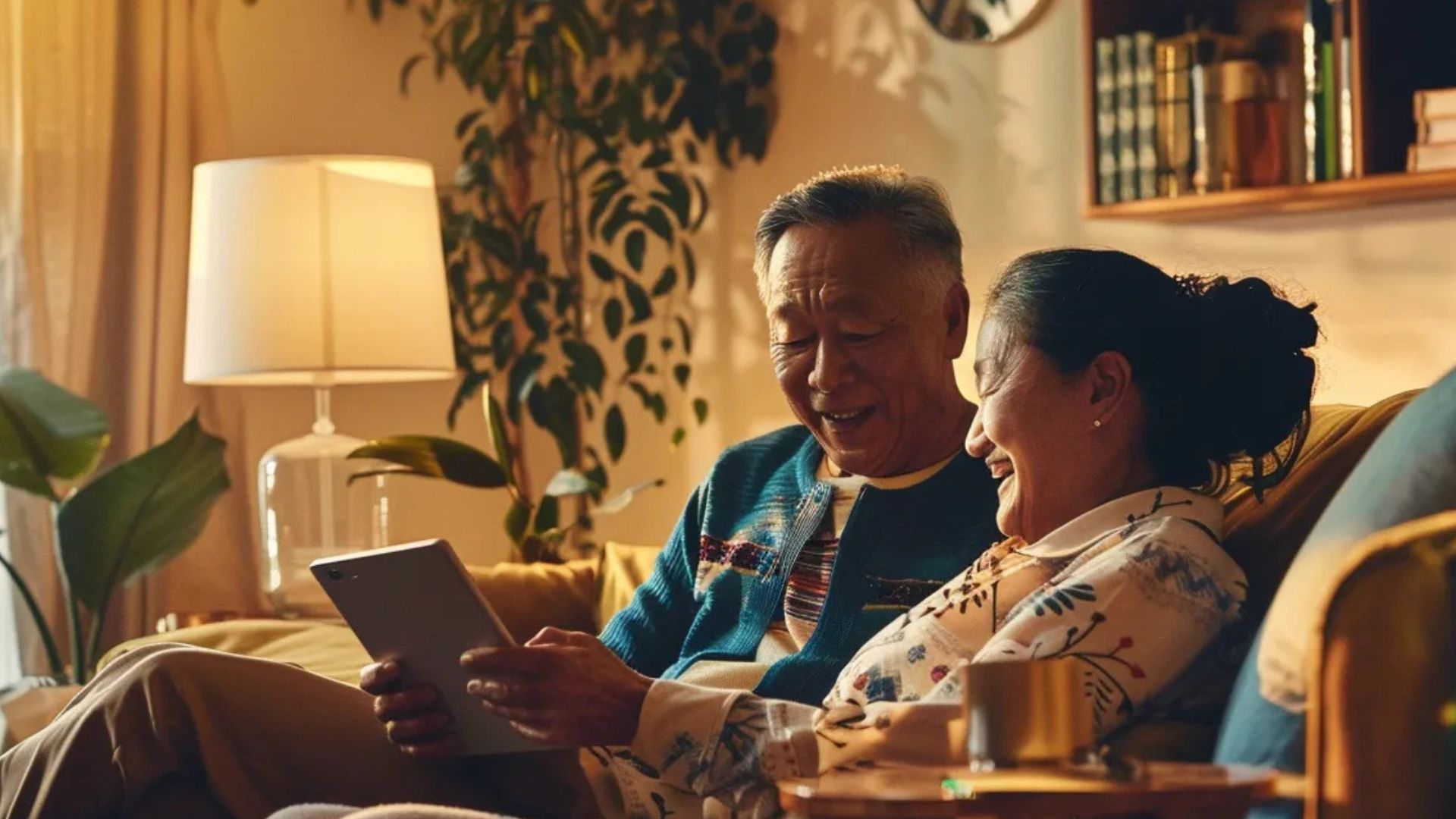
Digital communication tools are crucial in enhancing senior engagement and combating isolation. This section examines various platforms that connect seniors with families through video conferencing, allowing for meaningful social interaction. It also explores the role of social media in fostering connections, identifies user-friendly applications designed specifically for seniors, and discusses safety and privacy concerns. Finally, the impact of digital literacy programs in empowering seniors to use these technologies effectively will be assessed.
Exploring Platforms for Connecting Seniors With Families
Connecting seniors with their families is essential for enhancing emotional well-being and reducing isolation. Platforms such as video conferencing applications and user-friendly messaging services enable seniors to maintain those vital relationships, fostering a sense of community even from a distance. By providing guidance on how to use these tools effectively, families can help their loved ones embrace technology, which ultimately improves their engagement and quality of life in senior care settings.
Assessing Video Conferencing Tools for Social Interaction
Video conferencing tools are increasingly vital for fostering social interaction among seniors, providing an effective means to connect with family and friends despite physical distance. These platforms allow older adults to engage in meaningful conversations and virtual gatherings, supporting their emotional well-being and combating isolation. For instance, families can schedule regular video calls, helping seniors stay involved in family events and maintaining essential relationships that enhance their overall quality of life in senior care settings.
Understanding the Role of Social Media in Combating Isolation
Social media platforms serve as powerful tools for seniors, enabling them to maintain connections with family and friends, thereby reducing feelings of loneliness. By fostering online interactions, these platforms can create a sense of community that is vital for emotional health. For example, seniors who engage in regular updates or participate in group chats often report increased feelings of belonging and support from loved ones, which significantly combats isolation:
| Platform | Description |
|---|---|
| Allows seniors to connect with family members and join interest-based groups. | |
| Skype | Facilitates face-to-face conversations, helping maintain personal connections. |
| Offers simple messaging and sharing capabilities to keep in touch regularly. | |
| Enables seniors to share photos and engage with family through visual storytelling. |
Identifying User-Friendly Applications Designed for Seniors
User-friendly applications designed specifically for seniors play a crucial role in bridging the communication gap and enhancing social interaction. These applications often feature simple interfaces and large buttons, ensuring accessibility for older adults who may struggle with more complex technologies. For instance, platforms like GrandPad provide easy video calling, photo sharing, and internet access tailored to seniors' needs, helping them stay connected with family and friends.
By focusing on senior-centric design elements, these applications reduce frustration and empower users to engage more actively with technology. Some popular applications designed for seniors include:
| Application | Description |
|---|---|
| GrandPad | A tablet designed for seniors that includes video calls, email, and games. |
| Skype | Offers easy video conferencing, enabling seniors to connect with loved ones. |
| Allows seniors to stay updated on family activities through simple posts and messages. | |
| Enables quick messaging and sharing of photos with family and friends. |
Discussing Safety and Privacy Issues With Digital Communication
Safety and privacy issues pose significant challenges for seniors engaging with digital communication tools. Many older adults may feel apprehensive about sharing personal information or interacting with unfamiliar technologies, which can hinder their willingness to connect with family and friends. It is essential to incorporate robust security features within these platforms while providing education to seniors about safe practices online, ensuring they can utilize technology effectively without compromising their personal data or well-being.
Evaluating the Impact of Digital Literacy Programs for Seniors
Digital literacy programs significantly enhance the ability of seniors to engage with technology effectively, thus improving their communication and overall quality of life. These initiatives provide essential training on using digital communication tools, empowering older adults to connect with family and friends through various platforms. For example, seniors who complete such programs can navigate video calls and messaging apps, reducing feelings of isolation and enhancing their social interactions.
These programs often include hands-on workshops, one-on-one tutoring, and user-friendly instructional materials to cater to different learning styles:
| Program Type | Description |
|---|---|
| Workshops | Group sessions focusing on specific topics like video calls or social media. |
| Tutoring | Personalized instruction tailored to individual needs and skill levels. |
| Online Resources | Access to videos and guides that seniors can revisit as needed. |
Identifying Future Trends in Senior Care Technologies

Innovations in gerotechnology are set to reshape senior care by providing tools that enhance daily living and healthcare access. The growth of AI applications in eldercare promises improved monitoring and personalized support, while data analytics offers tailored health solutions. However, challenges regarding tech adoption among seniors persist. Governmental policies further bolster technology integration in healthcare, paving the way for an evolved landscape in senior care technologies.
Examining Innovations in Gerotechnology and Their Implications
Innovations in gerotechnology are poised to significantly transform senior care by enhancing safety, health monitoring, and overall well-being. For example, advancements in wearable devices allow for continuous tracking of health metrics, which can alert caregivers to potential issues before they escalate. This proactive approach not only ensures timely medical interventions but also empowers seniors to maintain their independence while receiving the necessary support, ultimately improving their quality of life.
Analyzing the Growth of AI Applications in Eldercare
The growth of AI applications in eldercare is expected to significantly enhance the quality of support available for seniors in 2025. These advancements will facilitate personalized care plans, allowing for adaptive interventions based on real-time health data. For example, AI algorithms can analyze patterns in a senior's daily routines and health metrics, alerting caregivers to any concerning changes, thus promoting timely responses and more effective management of health conditions.
Exploring Personalized Health Solutions Based on Data Analytics
In 2025, personalized health solutions driven by data analytics are set to revolutionize senior care. By leveraging real-time health data, caregivers can tailor interventions to meet the specific needs of older adults, ensuring more effective management of chronic conditions. For instance, a senior with diabetes may benefit from a data-driven approach that analyzes glucose levels, dietary habits, and activity patterns, allowing for timely adjustments to medication and lifestyle choices:
• Real-time health data enhances personalized care plans.
• Data analytics allows for adaptive interventions based on specific needs.
• Examples include managing chronic conditions like diabetes more effectively.
• Timely adjustments improve health outcomes for seniors.
Identifying Challenges Facing Tech Adoption Among Seniors
Adopting new technologies in senior care often presents unique challenges for older adults. Many seniors may experience difficulty navigating unfamiliar devices and applications, which can lead to frustration and decreased engagement. Furthermore, concerns about privacy and data security can hinder their willingness to embrace these advancements, highlighting the need for user-friendly solutions and comprehensive support systems tailored to seniors' specific requirements.
Discussing Governmental Policies Supporting Tech in Healthcare
Governmental policies are increasingly vital in facilitating the integration of technology in senior healthcare. Initiatives that promote funding for telemedicine implementation and provide incentives for healthcare providers adopting digital tools are important steps toward improving service accessibility for older adults. By ensuring that regulations support technology adoption, these policies help bridge the gap between seniors and innovative care solutions, ultimately enhancing the quality of life for this population.
Envisioning the Future Landscape of Senior Care Technologies
The future landscape of senior care technologies in 2025 is expected to be shaped by advancements that enhance personalized care and improve overall well-being for older adults. With the integration of AI, data analytics, and smart home systems, seniors will have access to tailored health solutions that address their unique needs. For instance, wearables that continuously monitor vital signs can alert healthcare providers in real time, facilitating prompt interventions and supporting seniors in maintaining their independence while ensuring they receive necessary care.
Conclusion
Exploring technology's potential in senior care in 2025 demonstrates a transformative shift in how healthcare can support older adults. Telemedicine, smart home devices, and wearable health technology empower seniors to manage their health independently while enhancing communication with caregivers. These innovations not only improve health outcomes but also address crucial issues of safety and engagement, significantly reducing feelings of isolation. As technology continues to evolve, its integration into senior care will remain essential for fostering independence and optimizing quality of life for older adults.
